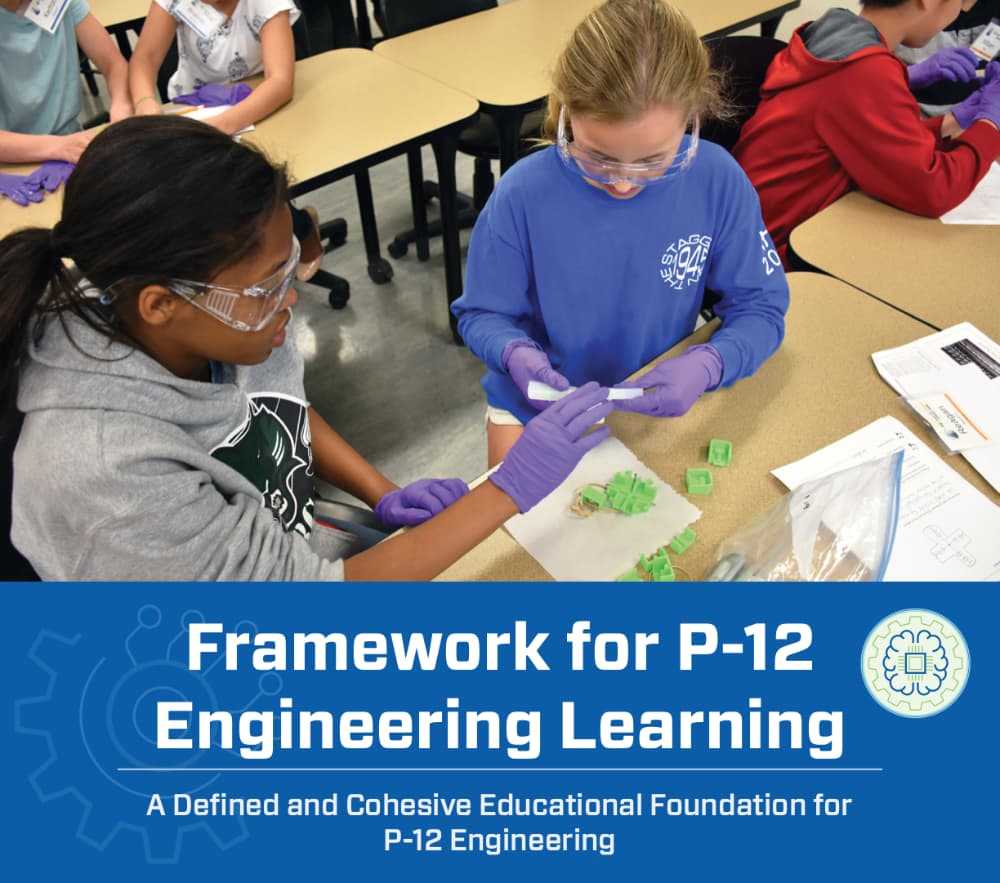 Greg Strimel, assistant professor of technology leadership and innovation, chaired the team that produced a newly released report to provide practical guidance for engineering learning that can begin for students as young as pre-school-age and continue through high school.
Greg Strimel, assistant professor of technology leadership and innovation, chaired the team that produced a newly released report to provide practical guidance for engineering learning that can begin for students as young as pre-school-age and continue through high school.
The report, known as the “Framework for P-12 Engineering Learning,” encourages all P-12 (pre-school through 12th grade) students to become engineering literate while enabling STEM leaders – such as teachers, administrators and curriculum developers – to have structured learning goals. The report’s ultimate objective is to foster engineering literacy among students in order to move toward a more engineering-literate citizenship and society.
This guiding framework approach adds coherence to the P-12 engineering community by:
- Serving as a foundation for the development of engineering programs in schools.
- Informing state and national standards-setting efforts.
- Providing the research community with a common “starting point” to better investigate and understand P-12 engineering learning.
“We see this work as an important step toward ensuring that each and every child has the opportunity and learning experiences necessary to become engineering literate,” said Strimel. “We believe providing a guiding framework can help P-12 engineering programs continue to grow and connect with others across the country, while also tailoring their instruction to the unique needs of their school communities. We hope the content that we provide can help build capacity toward teaching engineering in meaningful, culturally and socially relevant and authentic ways within and across P-12 schools.”
Guidance for P-12 Engineering
One of the benefits of the “Framework for P-12 Engineering Learning” is a set of core guiding principles for the implementation of engineering teaching and learning initiatives, such as:
- Keeping equity at the forefront.
- Connecting with student interests, culture and experiences.
- Striving for authenticity to engineering.
- Focusing on depth over breadth.
- Leveraging “making” as a form of active learning.
- Building upon children’s natural problem-solving abilities.
The “Framework for P-12 Engineering Learning” was the result of a collaboration between Advancing Excellence in P-12 Engineering Education (AE3) and the American Society for Engineering Education (ASEE). For more information, visit https://p12framework.asee.org.
